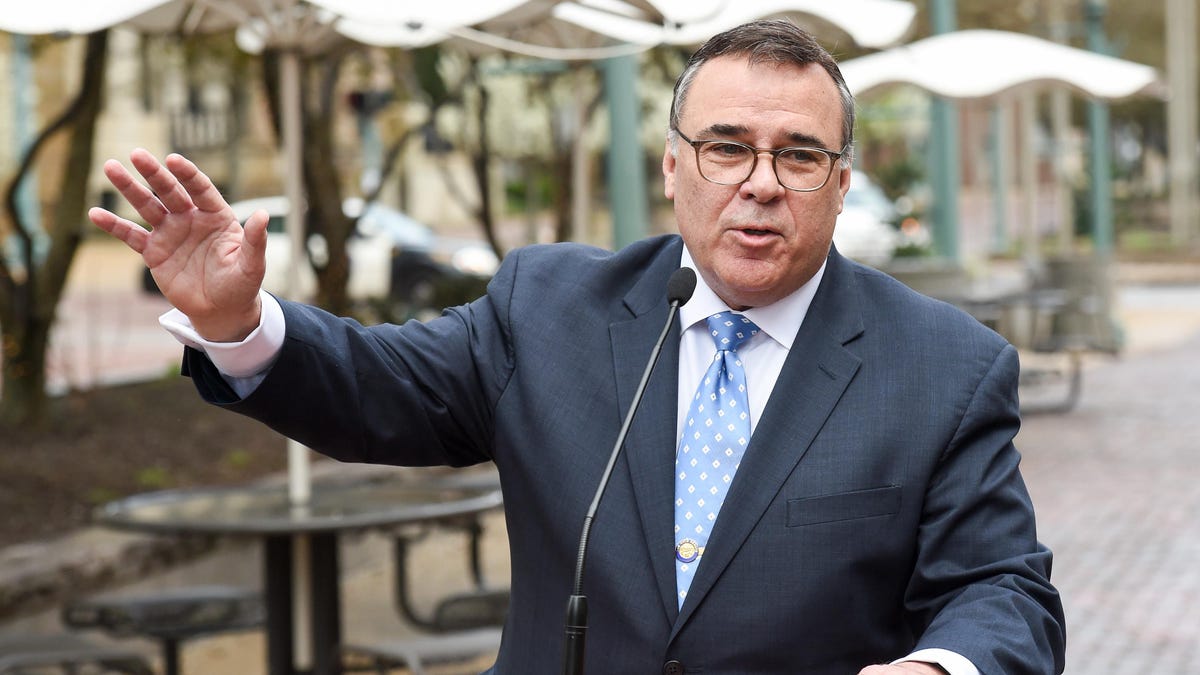As the graduation season begins, students across North Dakota celebrate their academic accomplishments and prepare for the next chapter of their lives. However, for many in the state, the pandemic has left a lasting impact on their education. From transitioning to online learning to dealing with the emotional toll of the pandemic, students have faced unprecedented challenges.
Recent data from the Nation’s Report Card, an organization established by the federal government to monitor students’ educational progress on a state level, reveals concerning outcomes in math and reading among North Dakota students following the lockdowns. In contrast, students in South Dakota appear to be faring relatively better, which is likely attributed to the implementation of less stringent lockdown policies in that region. To ensure our students get the education they deserve, we will need to find ways to keep schools open in the future while taking the necessary precautions to support our students and teachers safe.
People are also reading…
We have both personally experienced the challenges of remote education from different perspectives — as a professor and a high school student. Throughout our experiences, we recognized the inherent difficulties associated with teaching and learning online. Professors encountered significant obstacles in engaging students and fostering active participation in virtual classrooms. The absence of physical presence made it challenging to gauge students’ attention and involvement during class.
Conversely, high school students struggled to maintain focus and concentration within the home environment. The shift to remote learning disrupted the established routines and learning atmospheres conducive to productivity. The absence of in-person interactions with friends and classmates and limited opportunities for direct communication with teachers posed additional obstacles.
Despite this negative experience for both of us, we had access to the resources we needed to teach or learn online. Our recently published research shows that students from low-income and minority households were the least likely to have access to the resources needed to attend classes from home during the lockdowns. Additionally, both groups were more likely to have their in-person classes canceled and less likely to offer online courses. These students, who are already economically disadvantaged, will fall even further behind their peers academically, making it more difficult for them to succeed in the future.
We can implement various preventive measures to keep schools open during a pandemic. Some of these measures include promoting vaccination among eligible students, teachers, and staff, conducting regular testing and screening, ensuring proper ventilation, and promoting good hygiene practices. Also, maintaining physical distancing through class size reduction and schedule staggering can be very effective. Finally, we must foster transparent communication with the school community and collaborate closely with public health authorities. By implementing these strategies, schools can prioritize the health and safety of their community while ensuring the continuation of education.
The pandemic has turned out to be a tragedy for the education sector as the school lockdowns have resulted in adverse academic outcomes. Unfortunately, children from disadvantaged backgrounds have borne the brunt of it. To prevent a repeat of this unfortunate situation, ensuring the safe operation of schools is vital. This way, all students can receive the quality education that they rightfully deserve. Additionally, providing equal access to devices and internet connectivity is necessary to ensure that every student has the opportunity to keep up with the rest of the class.
Oudom Hean is an assistant professor of finance at North Dakota State University and a faculty scholar at the Challey Institute for Global Innovation and Growth. Parker Jabas is a graduate research assistant in the College of Business at North Dakota State University pursuing his MBA.




























/cdn.vox-cdn.com/uploads/chorus_asset/file/25739950/247386_Elon_Musk_Open_AI_CVirginia.jpg)

